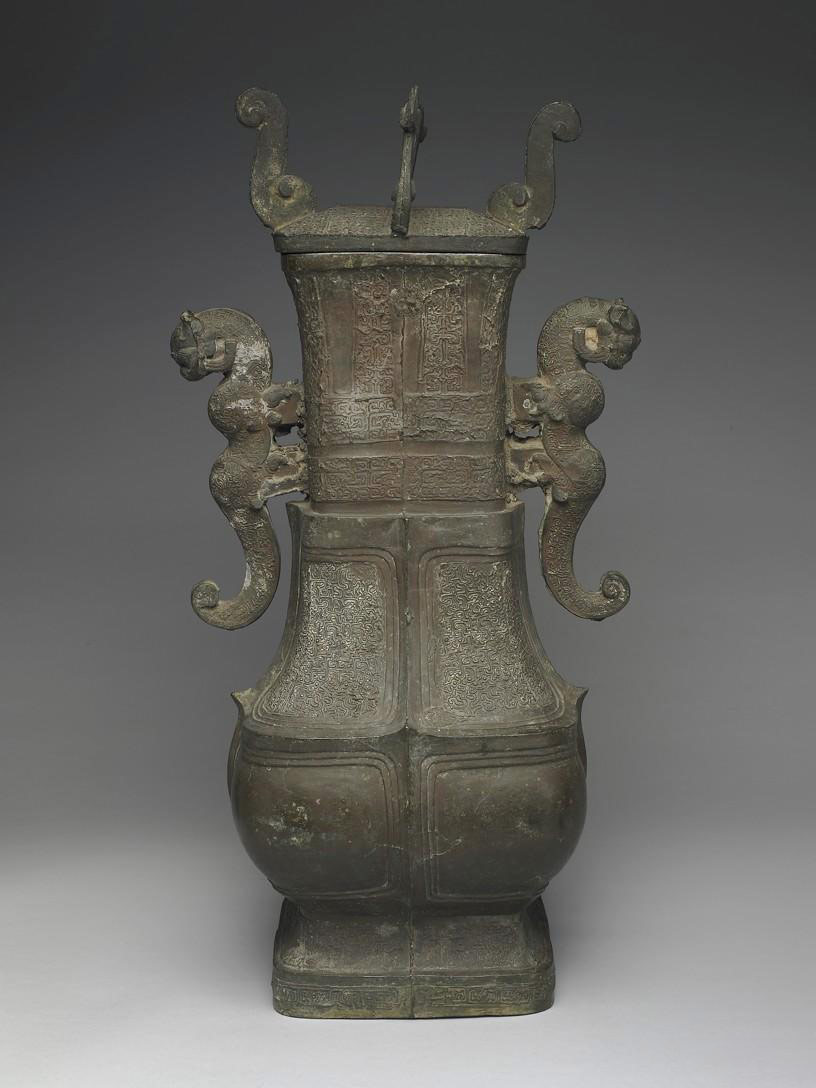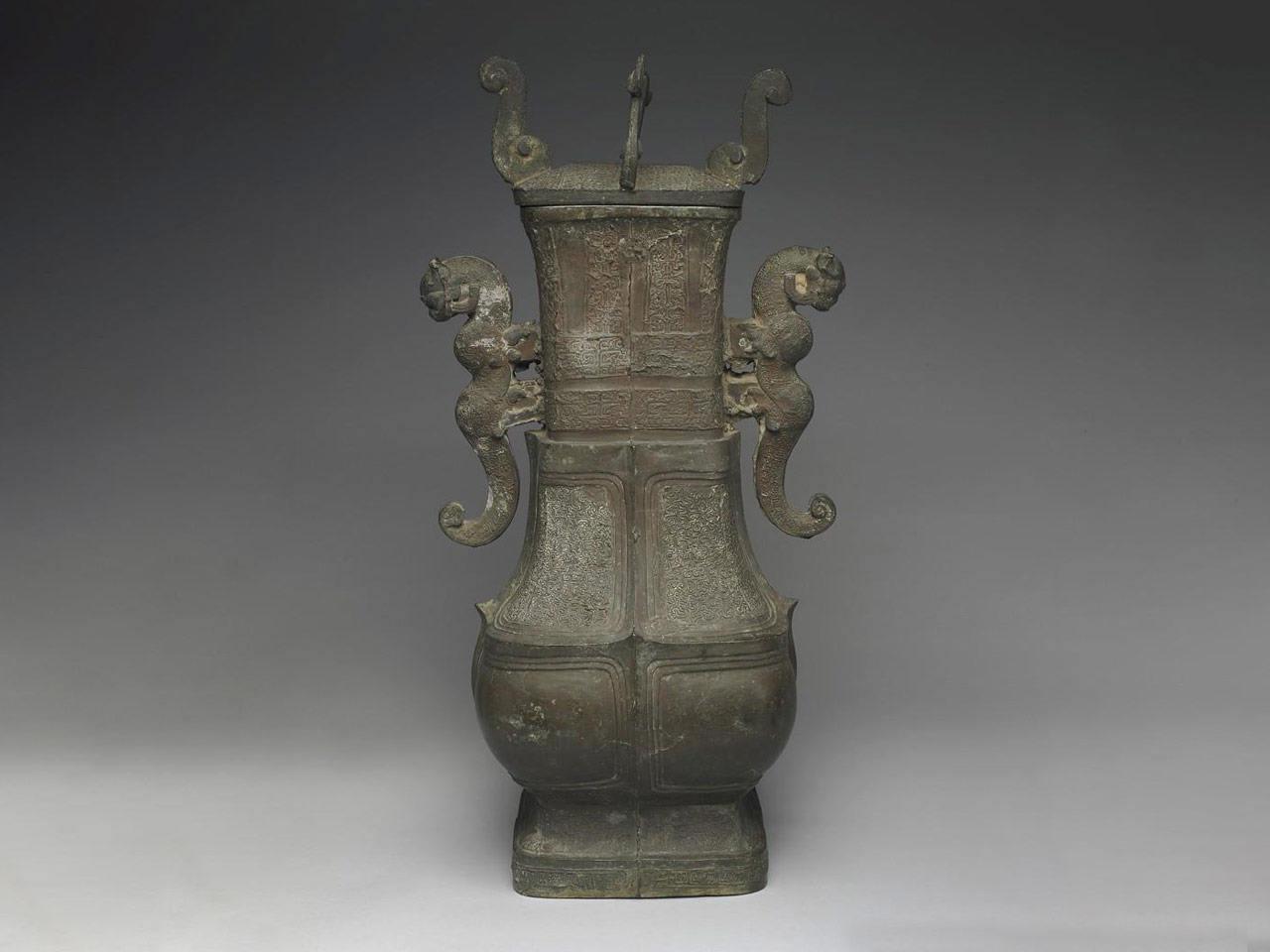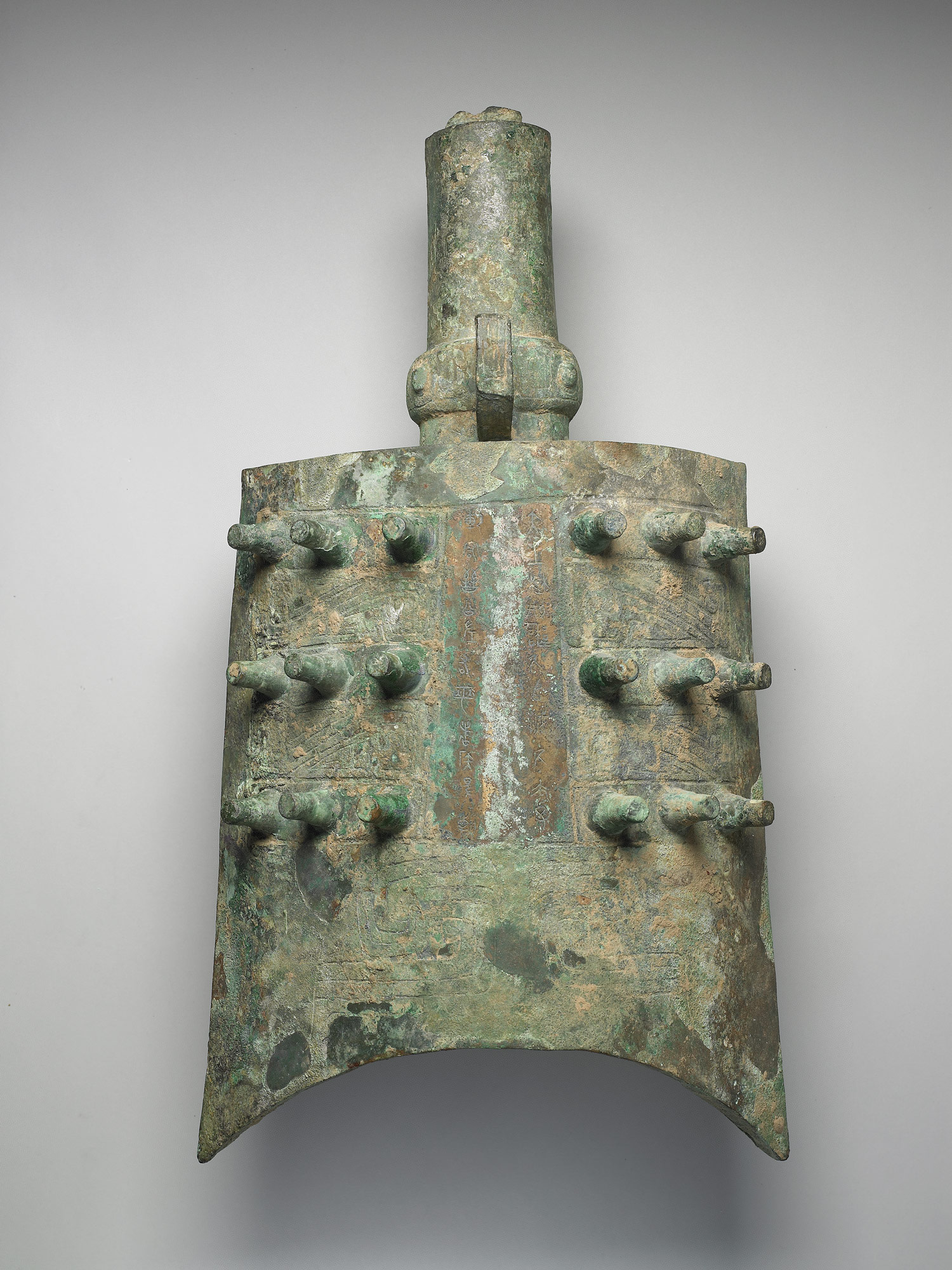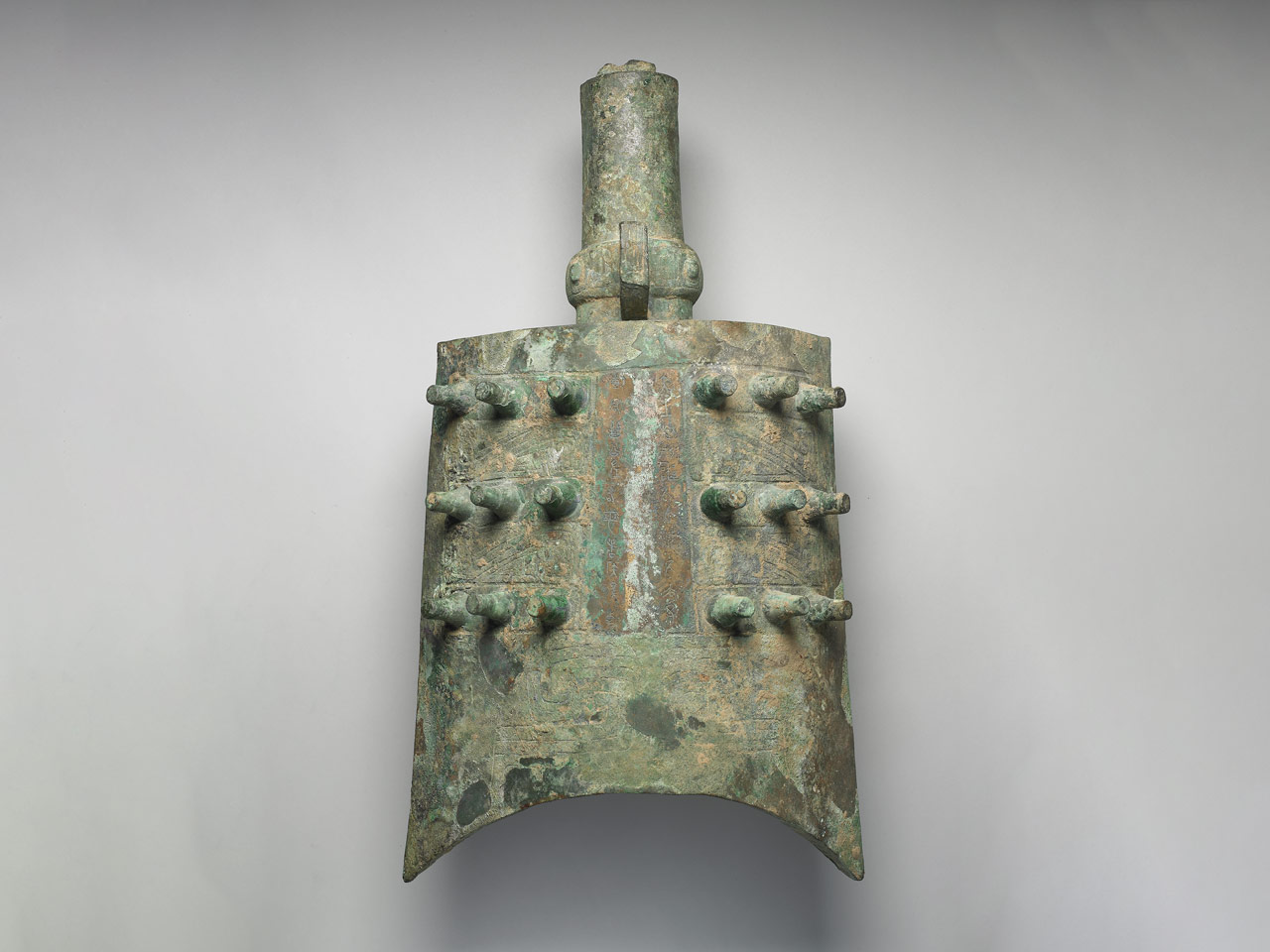Hegemons and Rivalries: Ritual Vessels, Weapons, and Others during eastern zhou
During Eastern Zhou, the overlord court of Zhou declined and so did the ritual institutions. On the political scene, regional lords rivaled for hegemony where the strong trampled the weak and the many crushed the few. With respect to the rites, class codes of proprieties were discarded and funerals went excessively extravagant above the deceased's stations. In daily life, the nobility took part in competitive show of luxury; new and innovative articles of all kinds emerged and abounded.
Rituals, music, and military expeditions, the prerogatives and initiatives exclusively the Son of Heaven's, also moved down the peerage ladder to anyone who could afford. Rites, gears, implements, and seals of credentials full of regional features came out and flourished.
Behind this creativity outburst of material innovation was a spiritual originality at work, in which various schools of thinkers and authors across the spectrum engaged in eager debates of ideas. Confucianism and Taoism were formed; the splendid diversity in spirituality corresponded to material plurality. The spread of knowledge also helped the awareness and rise of a society of commoners as well as the popularity of artistic realism. Amid the contention for ascendancy among the "Five Spring-and-Autumn Hegemons" and later the "Seven Warring States", the aristocrats' elaborate sophistication joined by the commoners' ingenuous simplicity together defined the ethos and shaped the fabric of this turbulent era.



